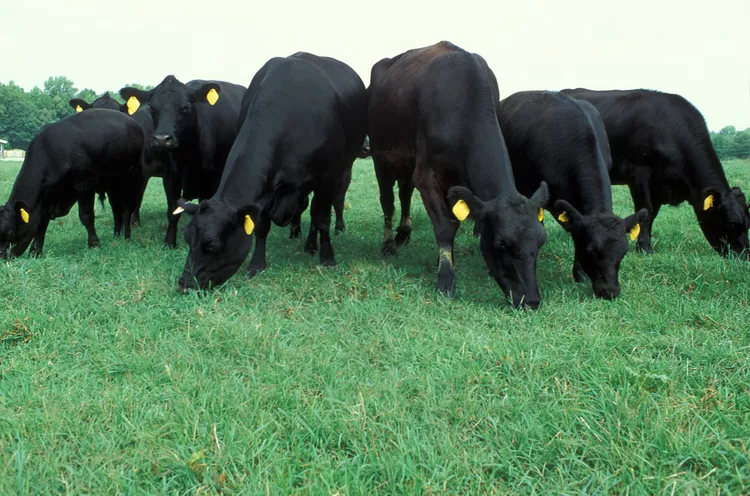Livestock accounted for slightly more than half of the 14% increase in global greenhouse gas emissions by agriculture from 2000 to 2021, said a Food and Agriculture Organization report on Wednesday.
Livestock accounted for slightly more than half of the 14 percent increase in global greenhouse gas emissions by agriculture from 2000 to 2021, said a Food and Agriculture Organization report on Wednesday. The carbon footprint of cattle and sheep was several times higher than the footprint for pigs, chickens, and dairy, when calculated per kilogram of product, said the FAO’s Statistical Yearbook, released on the eve of the UN climate summit.
Agricultural emissions worldwide totaled 7.8 billion metric tons in 2021, said the yearbook. “Around 53% derive from livestock-related activities, and with 2.9 [billion metric tons of carbon dioxide equivalent], the emissions from enteric fermentation generated in the digestive system of ruminant livestock were alone responsible for 37% of agricultural emissions.” The emissions intensity of beef was twice as high in Africa as the world average. Europe had the smallest footprint.
While estimates vary, agriculture is believed to be responsible for a quarter to a third of global greenhouse gas emissions. Some estimates include forestry and other land use. In the United States, agriculture accounts for 10% of emissions, according to the EPA.
The 2023 FAO yearbook said that natural disasters reduce agricultural production by an average of 5%, or $123 billion, annually. Asia, the largest continent, had the highest losses, though its losses were relatively small considering the magnitude of its agricultural output.
“The cost of a healthy diet increased by more than 5% in all regions except Northern America and Europe between 2020 and 2021, reflecting the rise in food inflation,” said the FAO. Four of every 10 people could not afford a healthy diet in 2021.
Agriculture employed 873 million people in 2021, or 27% of the global workforce, compared with slightly more than 1 billion in 2000, or 40%. Between 2000 and 2021, the amount of agricultural land shrank by 86 million hectares (212 million acres), equal to half of the size of Iran, said the FAO. Pesticide use increased 6% during that period; half of it was used in the Americas.
“The global value added generated by agriculture, forestry, and fishing grew by 84% in real terms between 2000 and 2021, reaching $3.7 trillion in 2021,” said the yearbook. “This represents an increase of USD 1.7 trillion compared with 2000.”
The FAO Statistical Yearbook is available here.
Source : Successful Farming

